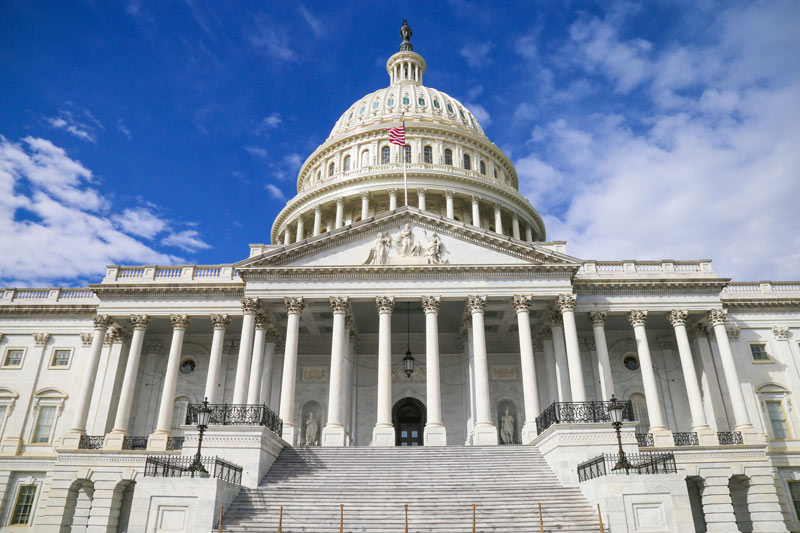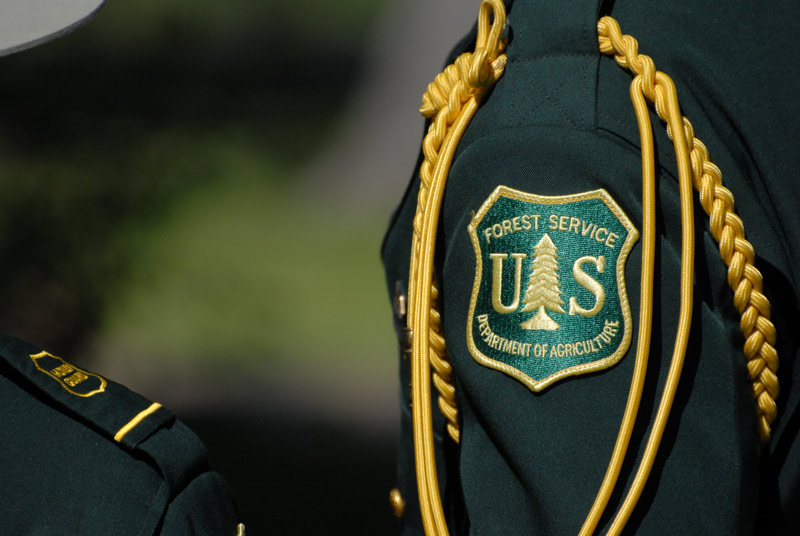By Andrew Bell, American Forests
Summer has finally arrived after a long, cold winter, and many of us are chomping at the bit to get back outdoors. Whether it’s the next great hike or a simple walk in the woods, we’re dreaming of where we’ll take our backpacks next. Yet this season of outdoor activity is accompanied by one of political turmoil, casting shadows over the public lands and wildlife that we cherish so greatly.
In light of the complication surrounding issues of this nature, here is Part 1 of what we deem to be a “forest policy primer.” While it certainly isn’t an exhaustive analysis of the forest policy landscape, hopefully this insight will inspire and prepare you to join American Forests in fighting for our nation’s forests!
Let’s start with a simple summary of stakeholders in the forest policy landscape, which can be separated into two categories: congressional policymakers and organizational advocates.
Stakeholder Category I: Policymakers
You can quickly find the biggest names of congressional policymakers associated with environmental legislation by looking into these House and Senate committees:
House of Representatives:
Senate:

To stay apprised of key legislative developments, keep an eye on the scheduled hearings of these committees and their corresponding subcommittees. It’s also a great way to find strategic targets for letters of concern or encouragement.
Stakeholder Category II: Advocates
These non-profit and private advocates play an integral role in shaping forest policy by offering topical expertise to lawmakers and organizing grassroots campaigns to influence their votes. Below are a few of the most prominent conservation organizations in the country, and even the world. Their work helps to protect, conserve and restore the forests that we love.
U.S. Conservation Organizations:
This list barely scratches the surface. Explore these organizations and others to find out what they’re fighting for and how you can help.
Land Use and Ownership
The ownership and use of our nation’s forests are managed by several government agencies. Each possesses a specific expertise or jurisdiction and delegates a variety of purposes for the land it manages.
Land Ownership Agencies:
According to the Bureau, they manage one-tenth of the nation’s land and nearly a third of its mineral sources.
U.S. Forest Service (USFS)

The USFS conserves and restores forests, ensures clean water supplies, fights wildfires, studies soil content and much more. It also engages private landowners, both rural and urban, in achieving goals that are beneficial for the planet and everything in it.
U.S. Fish and Wildlife Service (USFWS)
By protecting fish, migratory birds and their habitats as a whole, the USFWS plays an important role in forest conservation, including a 150-million-acre system of 560 national wildlife refuges and thousands more small wetlands.
National Park Service (NPS)
The premier name in outdoor recreation, the National Park Service owns many of the nation’s most treasured landmarks. From Yellowstone and Yosemite to Zion and the Grand Canyon, the NPS endears 275 million visitors to recreational heaven each year. Protecting these lands while teaching visitors young and old how to respect them is a tall task, and consistent government funding is vital to accomplishing it.
Department of Defense (DoD)
While the DoD is seldom associated with land management, it is responsible for the 30 million acres of land that houses thousands of military installations. While natural resource conservation activities are largely for the benefit of the military and its training purposes, the Department still aims to preserve the ecological integrity of the environment encompassing any installation.
In conjunction with the agencies listed, state, local and private landowners are all working together to preserve forests and their ecological integrity, not just for their own benefit, but for the benefit of everyone.